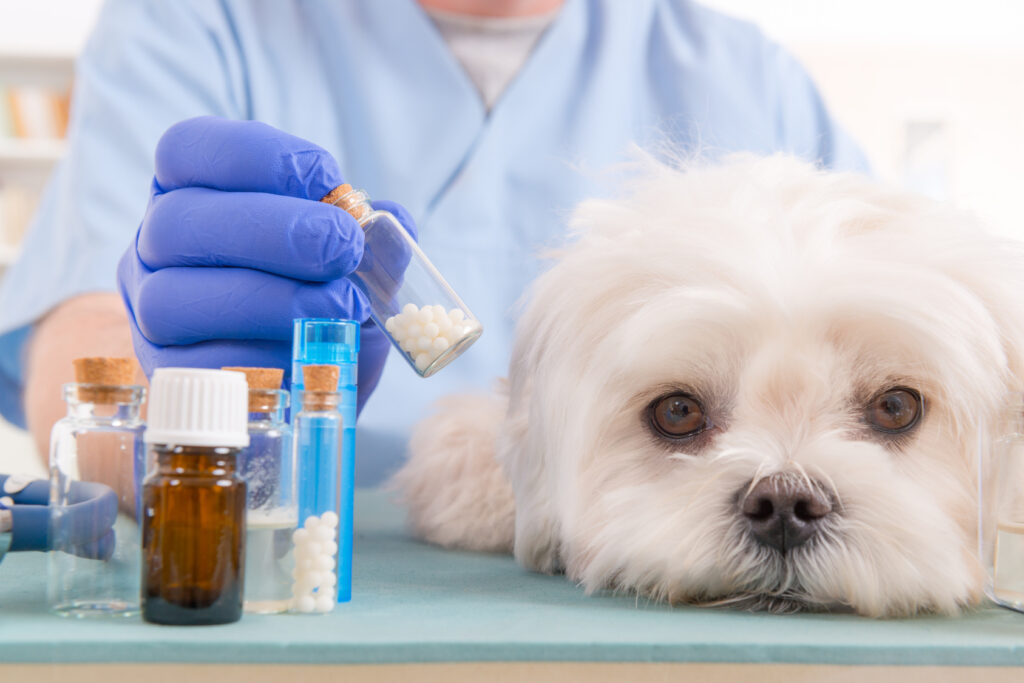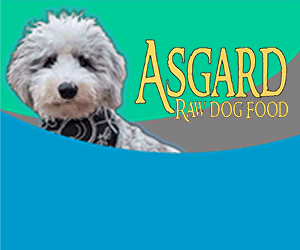Medicine has been defined in Stedman’s Medical Dictionary as, “the art of preventing or curing disease; the science concerned with disease and all its relations.” So, according to this medical reference book, medicine is first and foremost, an art. This concept may feel strange to us modern Americans. We are all too familiar with the science of medicine. We are most accustomed to X-rays, ultrasounds, CT scans, and MRIs as medical tools. We also have come to equate medicine with the precise measurement of certain compounds in our blood. Yes, the medicine of today is a scientific endeavor. So, what does art have to do with this process?
Art is a term that can be difficult to define in words. Sure, when you look at a beautiful portrait painted by one of the masters, it is easy to appreciate it as art. At the same time, when I look at some modern, abstract art, worth millions of dollars, I sometimes think, “Heck, I could have done that.” (But maybe that’s just me.)
Visual art has to do with color, balance, and arrangement. It is an intuitive process where the goal of the artist is to elicit a certain reaction from the viewer. There is an interaction between the artist and the consumer, and each observer will no doubt be left with a different impression based on his/her past experiences and individuality. Art is inherently a human endeavor. It requires creativity. It calls on intuition and creativity, and touches the soul. When we take this view, we can easily see how medicine is art.
As a doctor for animals, I (consciously or unconsciously) call on intuition and creativity with every pet I treat. Whether I’m using conventional methods or employing holistic modalities, there is an intuitive component to every decision I make in the diagnostic and treatment plans. Given the particular case in front of me, how do I elicit information from a patient who cannot tell me what they are feeling? What questions should I ask the client? Which tests should I run? How do I interpret the results when taken as a whole? How do I approach the caregiver with my conclusions? What drugs, herbs, supplements, or acupuncture points should I use? What follow- up plans should I put in place?
Much like an artist, every veterinarian will approach a given case differently, based on their training, personal experiences, intuition, and individuality. In fact, different veterinarians often have very different styles. When caregivers come to me for a second opinion (or sometimes a third or fourth), I often start the conversation by explaining that if they took their pet to three different vets they are likely to get five different opinions.
Of course, science plays an important role is what I do as a veterinarian. I run bloodwork, take X-rays, and do other clinical assessments to find what the problem is. Scientific tests are objective. The results are black and white, right? Well, actually the interpretation of the results can be tricky. For instance, X-rays are two-dimensional, black and white, still, dead images of a three-dimensional living being. When confronted with an X-ray image for the first time, the untrained eye often sees only meaningless shades of grey. Even experts, like veterinarians, can be lead astray and misinterpret what they see.
With almost every objective test I do, I am met with anomalous data points. For example, with blood tests, it is actually unusual for a perfectly healthy animal to have every one of the 20 or 30 numbers come out in the “normal” range. With X-rays, we commonly find unusual shadows. So, how do I judge the significance of the abnormal findings? It is an intuitive process of looking at the patient as a whole. It is like putting together a puzzle that has a few pieces from a different puzzle thrown in. The goal is to be able to bring the appropriate pieces together and see a meaningful image.
Like art, medicine is fundamentally a human effort. As a veterinarian, I am not concerned that I will someday be replaced by a computer. I am confident that so called artificial “intelligence,” with its data manipulation, will never be able to replicate the human insight needed to succeed at medicine. Similarly, computer-generated “art” will always be missing an important human connection.
As we all bear witness to the role that intuition plays in guiding our actions, no matter our vocation, we see all that we do as a form of art. I love embracing the art of medicine and acknowledging the inspired intuition that I employ every day. The great thing about being an integrative veterinarian, is that I have more colors on my palate and more brushes to work with. When medicine is viewed as art, my every case is a masterpiece.



